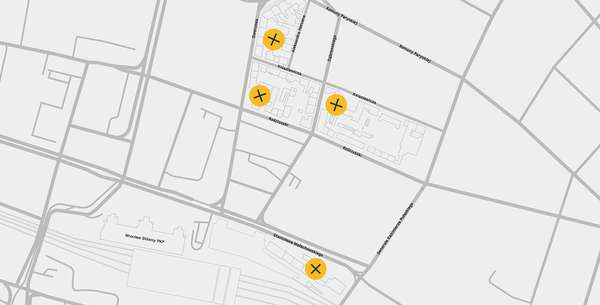Idea by
Orlando Gilberto-Castro and Tiago Ascensão
ORA Collective
http://tectoeira-eng.weebly.com/other-works.html
Call for ideas 2017
Get real!
Get real!
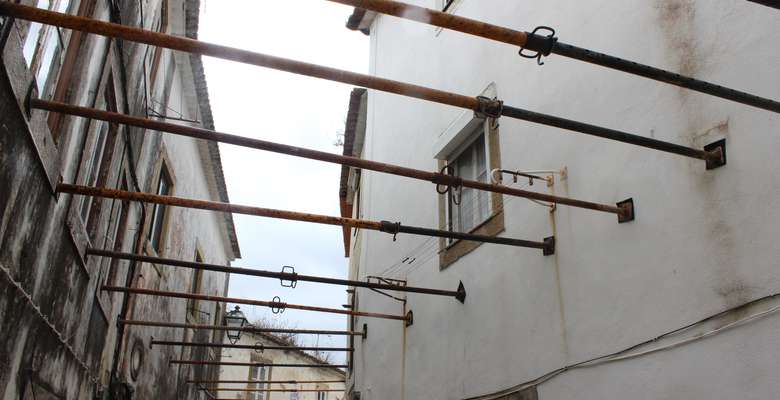
Public Space interventions are really in, right now. But why are we doing it? What are our goals, criteria? What is our purpose?
Reality is interesting enough as it is and it’s about that we should be working: bringing reality back to the spotlight. Public intervention should, thus, help create critical thinking about the space we live in, help promote a collective sense of responsibility about our own reality.
By making reality’s processes intelligible as they are – i.e., with no predefined conception of what’s right and wrong about it – everyday users of space (so yeah, everyone) get a chance to reposition themselves in a reality that is so well-known, that it became numb. Whatever we choose to do (or not to do), it should be an actual choice, not the result of a lack of engagement.
Interventions should be a means to an end, not the end itself: it’s about an approach strategy, rather than the material result. It is, in principle, ephemeral. It’s reality that’s permanent.
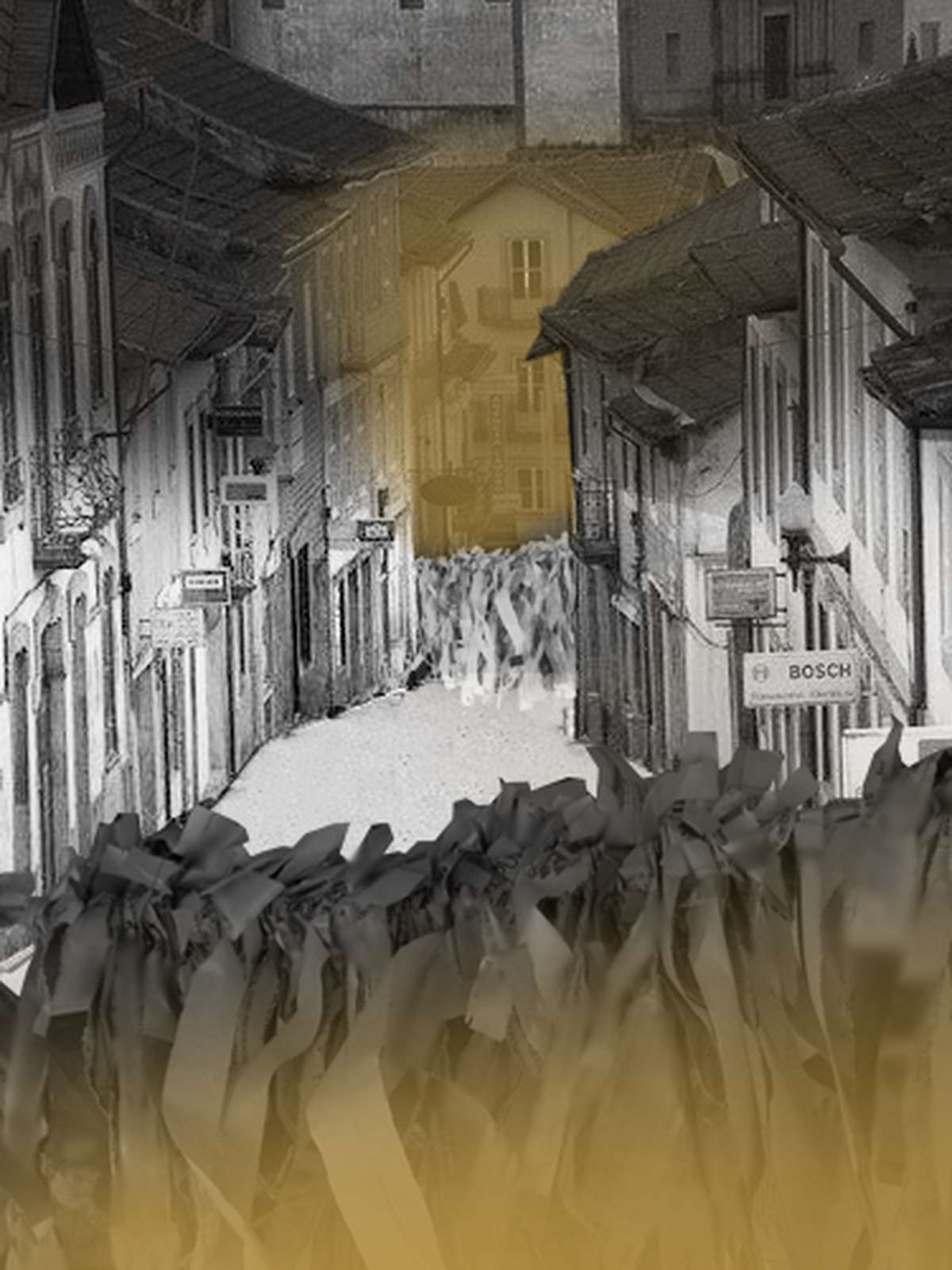
RUA | STREET
In the context of a Street Arts Festival, the city welcomes all kinds of external interventions. The proposal here is to include the city itself, as it is, as a part of the festival cultural offer. By keeping a part of a street in its day-to-day state, reality becomes an intervention in its own right.
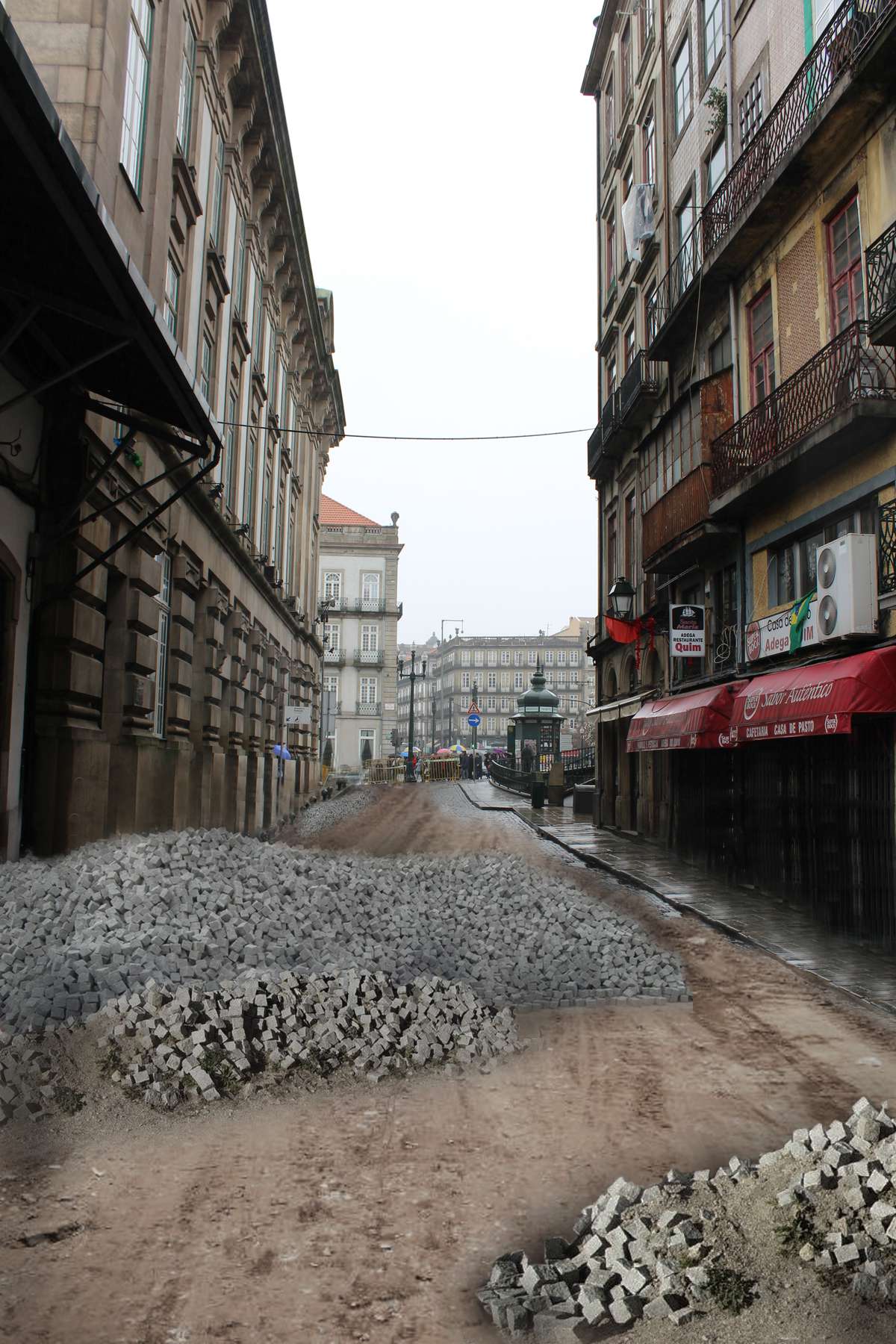
CUBO | CUBE
Repavement work was scheduled and a cultural programme was to take place. Local material could be used as a trigger for debating the place, its unique conditions and the social role of Intervention in Public Space. It could be used as a tool for increasing critical thought and to fight cultural passiveness about space.
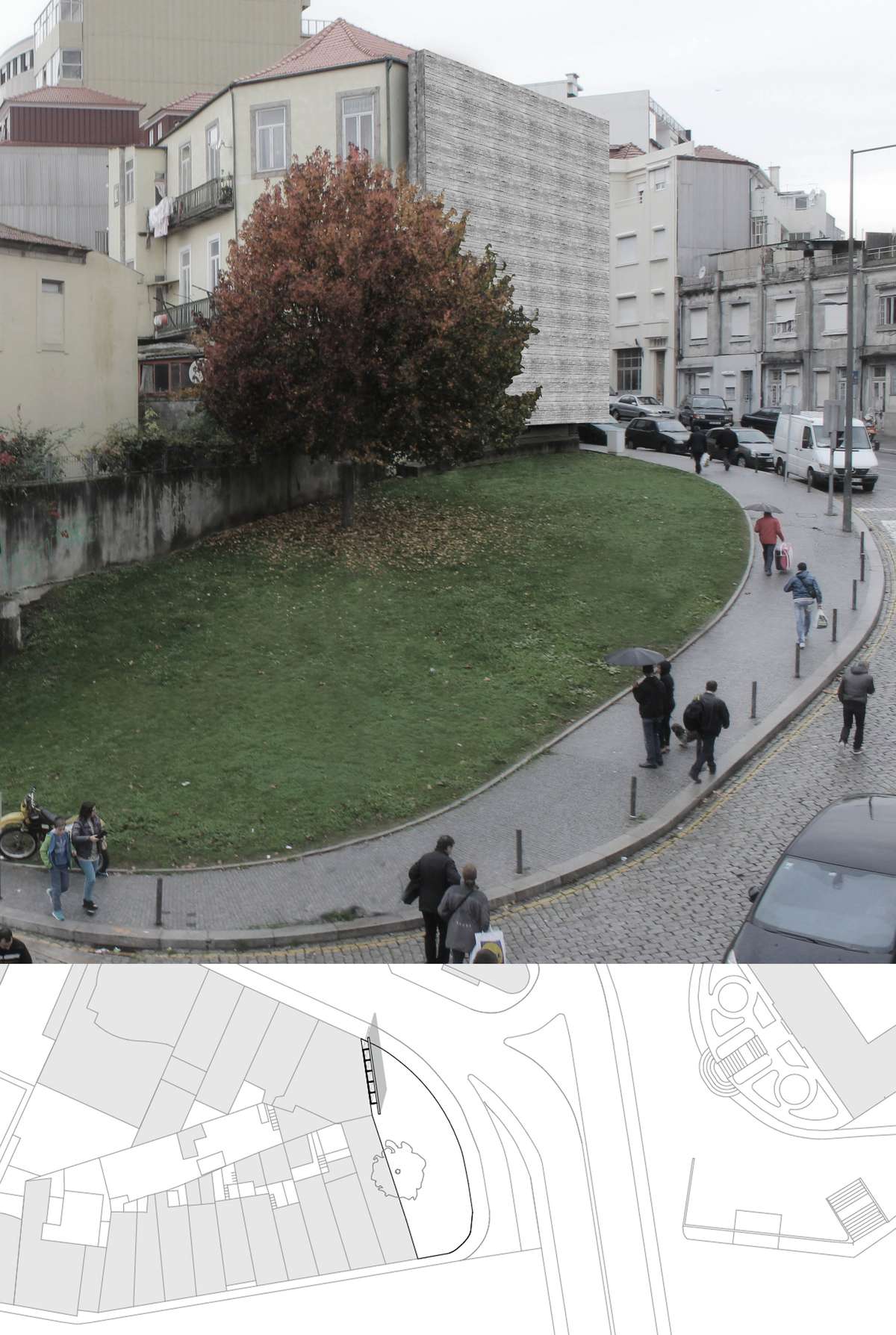
PAREDE | WALL
The premise was to solve a city problem: to finish a block, to resolve a blind wall. By duplicating this – so considered – problem, the wall achieved architectural acceptance. What are, then, the criteria to decide whether something is right or wrong?
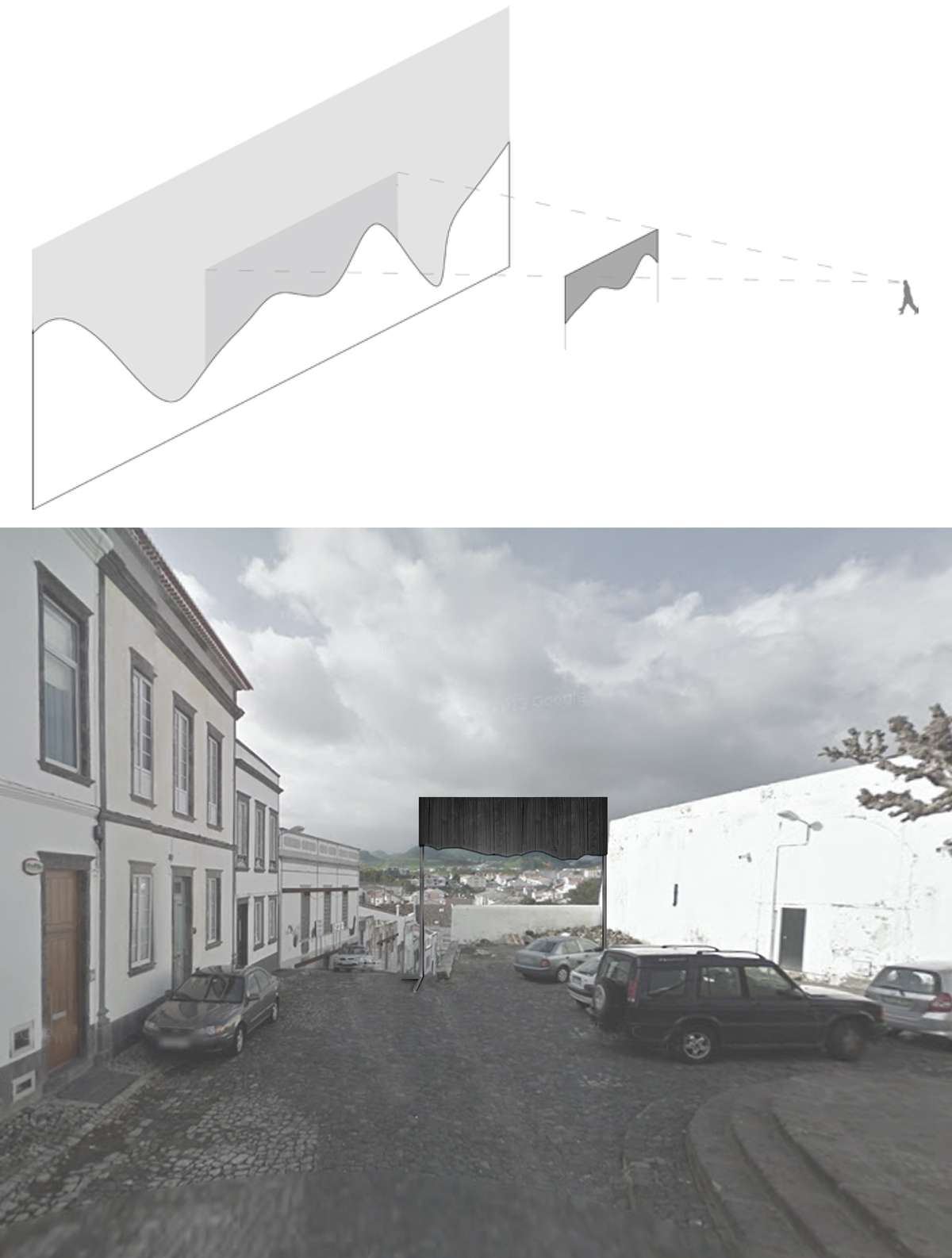
PERFIL | PROFILE
The aim is to emphasize natural environment, to look at it as if for the first time: landscape values are not lost, we just tend to forget about them. This mechanism was conceived to highlight reality: it does not change the view, it just invites us to actually see it.
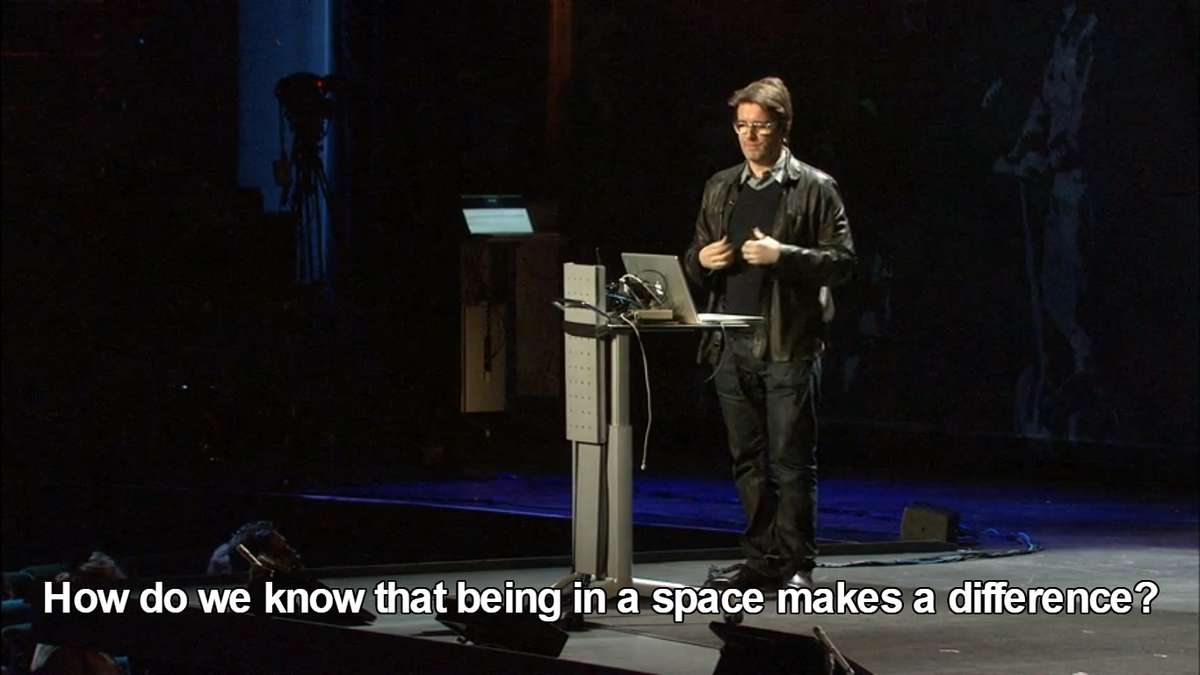
Olafur Eliasson – TED Talk 2009
This kind of concern is not new at all. Why, then, does it seem never to be truly a part of architectural discourse?
Get real!
Get real!

Public Space interventions are really in, right now. But why are we doing it? What are our goals, criteria? What is our purpose?
Reality is interesting enough as it is and it’s about that we should be working: bringing reality back to the spotlight. Public intervention should, thus, help create critical thinking about the space we live in, help promote a collective sense of responsibility about our own reality.
By making reality’s processes intelligible as they are – i.e., with no predefined conception of what’s right and wrong about it – everyday users of space (so yeah, everyone) get a chance to reposition themselves in a reality that is so well-known, that it became numb. Whatever we choose to do (or not to do), it should be an actual choice, not the result of a lack of engagement.
Interventions should be a means to an end, not the end itself: it’s about an approach strategy, rather than the material result. It is, in principle, ephemeral. It’s reality that’s permanent.
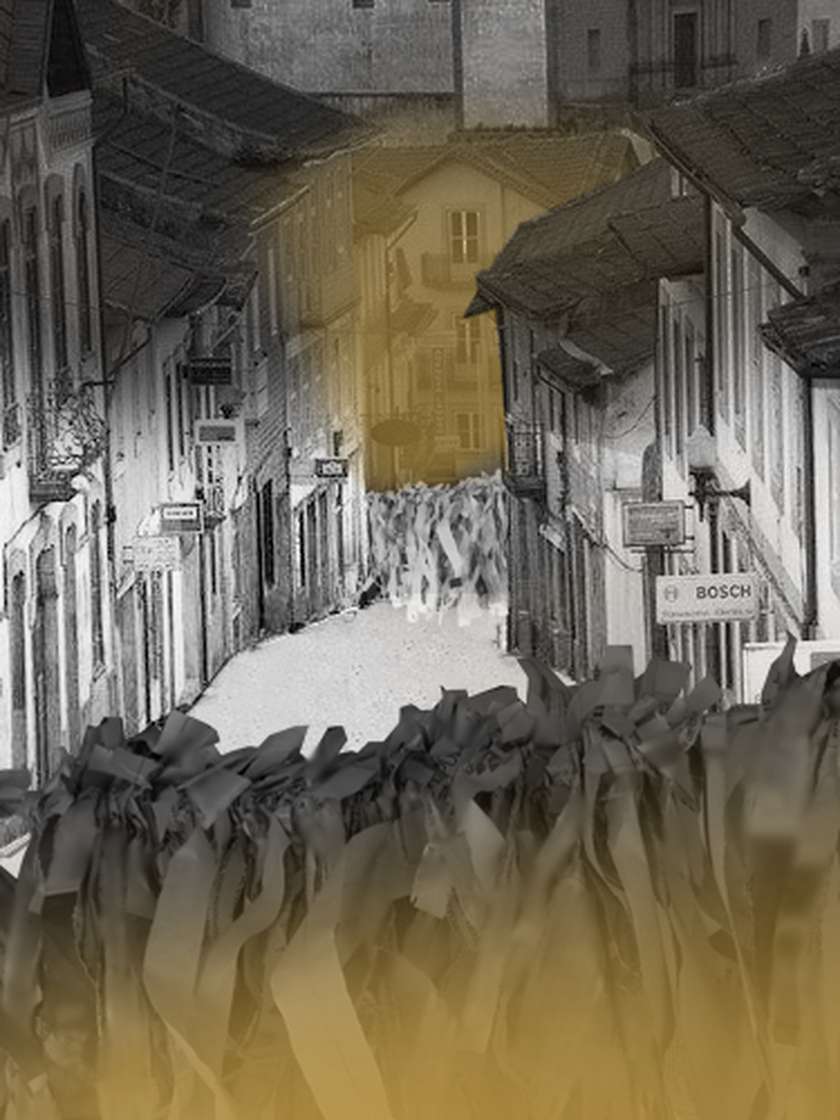
RUA | STREET
In the context of a Street Arts Festival, the city welcomes all kinds of external interventions. The proposal here is to include the city itself, as it is, as a part of the festival cultural offer. By keeping a part of a street in its day-to-day state, reality becomes an intervention in its own right.
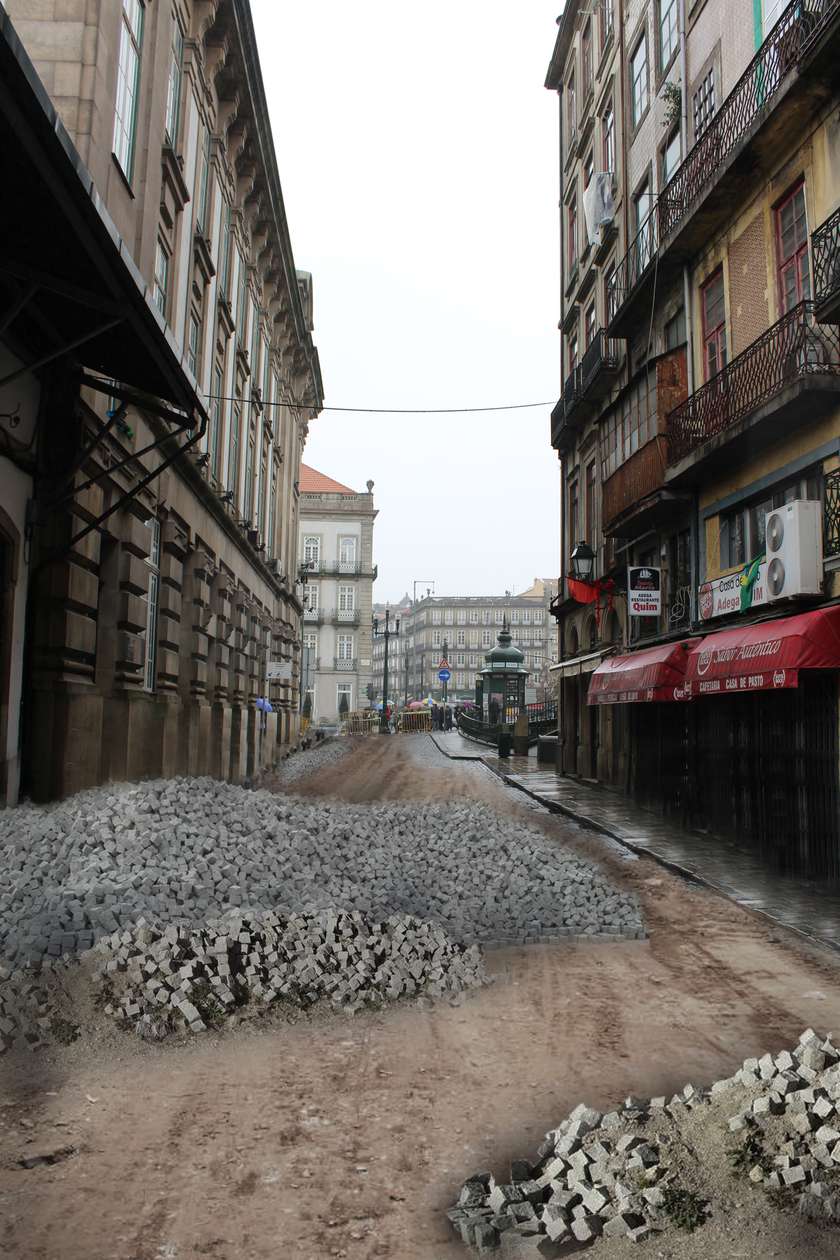
CUBO | CUBE
Repavement work was scheduled and a cultural programme was to take place. Local material could be used as a trigger for debating the place, its unique conditions and the social role of Intervention in Public Space. It could be used as a tool for increasing critical thought and to fight cultural passiveness about space.
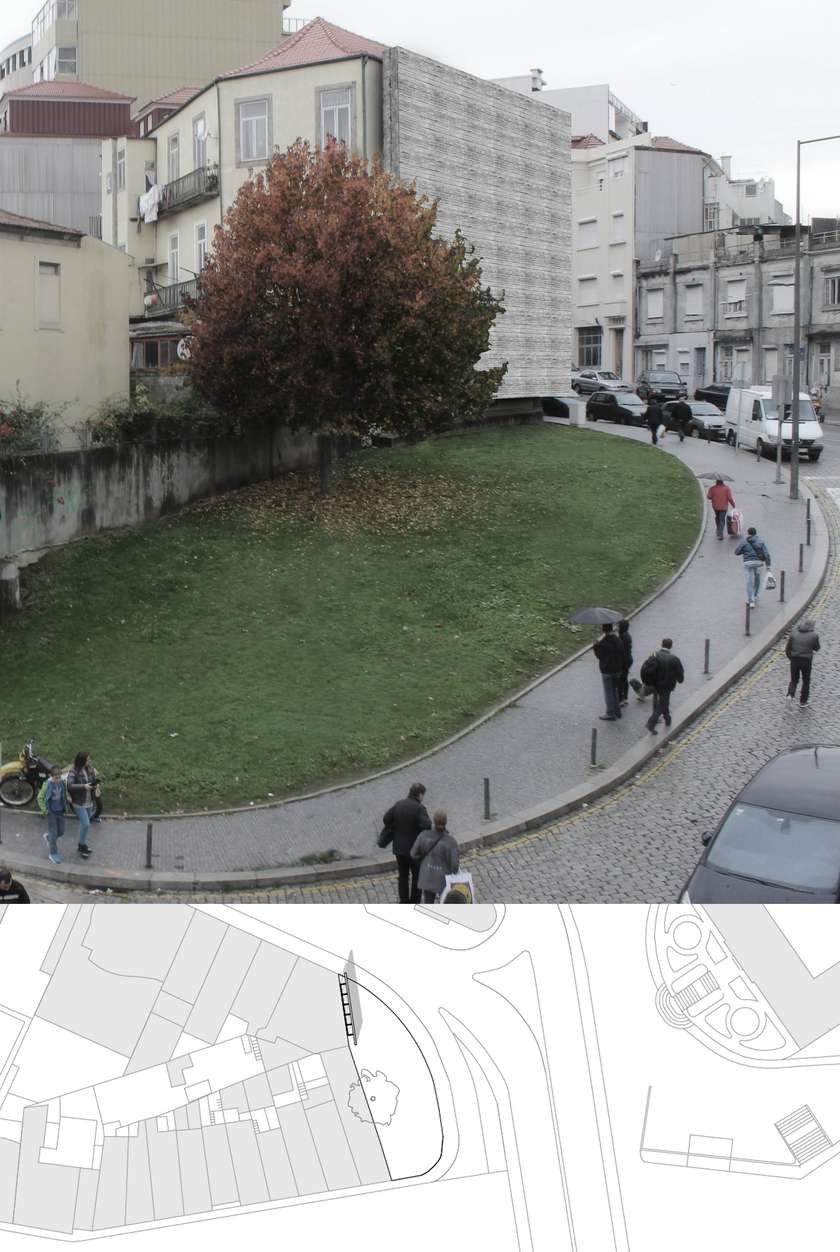
PAREDE | WALL
The premise was to solve a city problem: to finish a block, to resolve a blind wall. By duplicating this – so considered – problem, the wall achieved architectural acceptance. What are, then, the criteria to decide whether something is right or wrong?
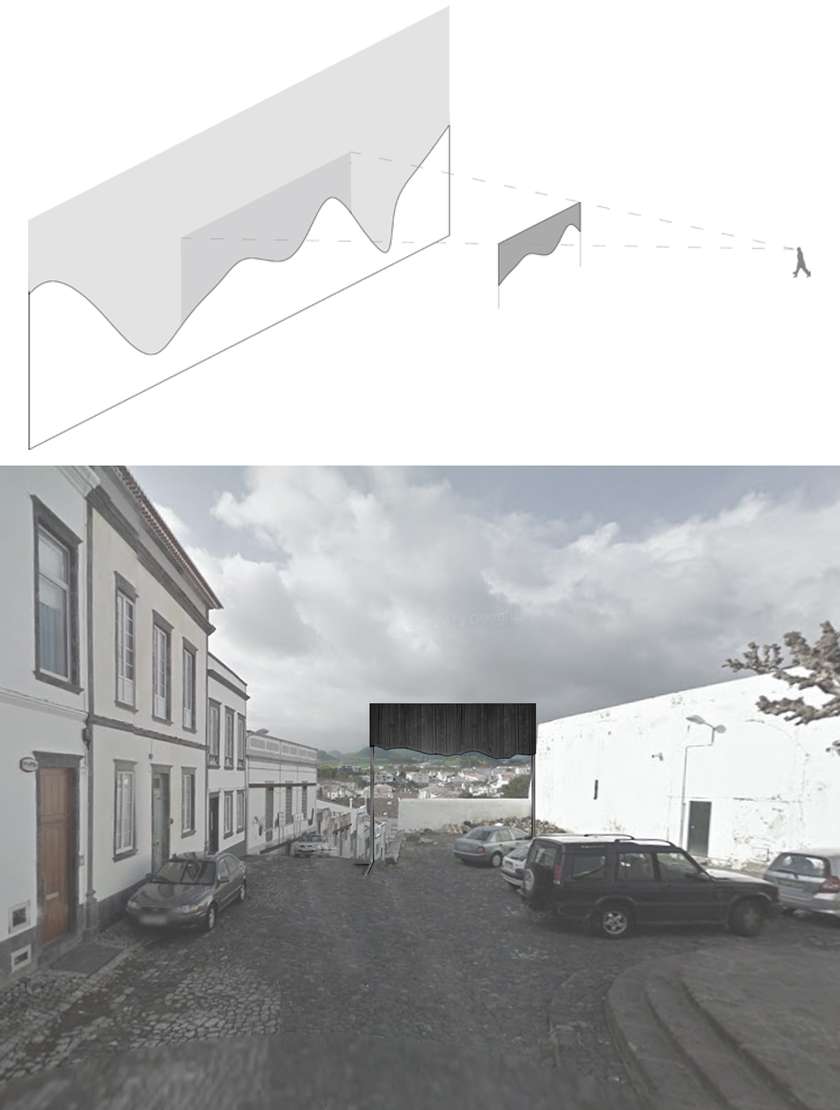
PERFIL | PROFILE
The aim is to emphasize natural environment, to look at it as if for the first time: landscape values are not lost, we just tend to forget about them. This mechanism was conceived to highlight reality: it does not change the view, it just invites us to actually see it.
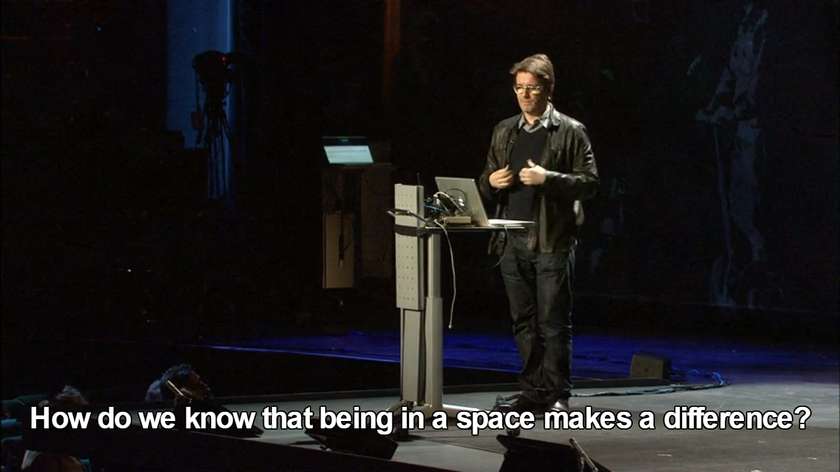
Olafur Eliasson – TED Talk 2009
This kind of concern is not new at all. Why, then, does it seem never to be truly a part of architectural discourse?
